Last updated on July 13th, 2021 at 07:35 pm
- Rugged new looks
- Well equipped
- Better interior than Corsa-e
- Mediocre range
- Limited rear seat leg room
- Smaller boot than expected
Range (WLTP): 201 miles Top Speed: 93 mph 0 to 60: 8.7 sec Cost/Mile (@14p/kWh): 3.5p
Introduction
The previous Vauxhall Mokka was a rather boring-looking car. However, Vauxhall has taken the model in a rather different direction with the latest generation, and also used the opportunity to introduce an all-electric version, the Mokka-e. The crossover is now much more rugged and adventurous in appearance. The equipment level is also an improvement on Vauxhall’s first all-electric car, the Corsa-e. But inside is the same electric powertrain as virtually every vehicle from the Stellantis group (bar Fiat). Does the Mokka-e have enough to differentiate it from the others?
Price and Options
As already mentioned, the Mokka-e has the same motor and battery as many other Stellantis cars, including the Corsa-e. This means 134hp and 50kWh respectively. This is identical across the Mokka-e range, and indeed the same as the Peugeot e-2008, Citroen e-C4, and even the e-SpaceTourer van. So really your choice is what body style you prefer. The performance and range vary a little because of the weight and size of different formats, but not hugely, unless you are talking about a big van.
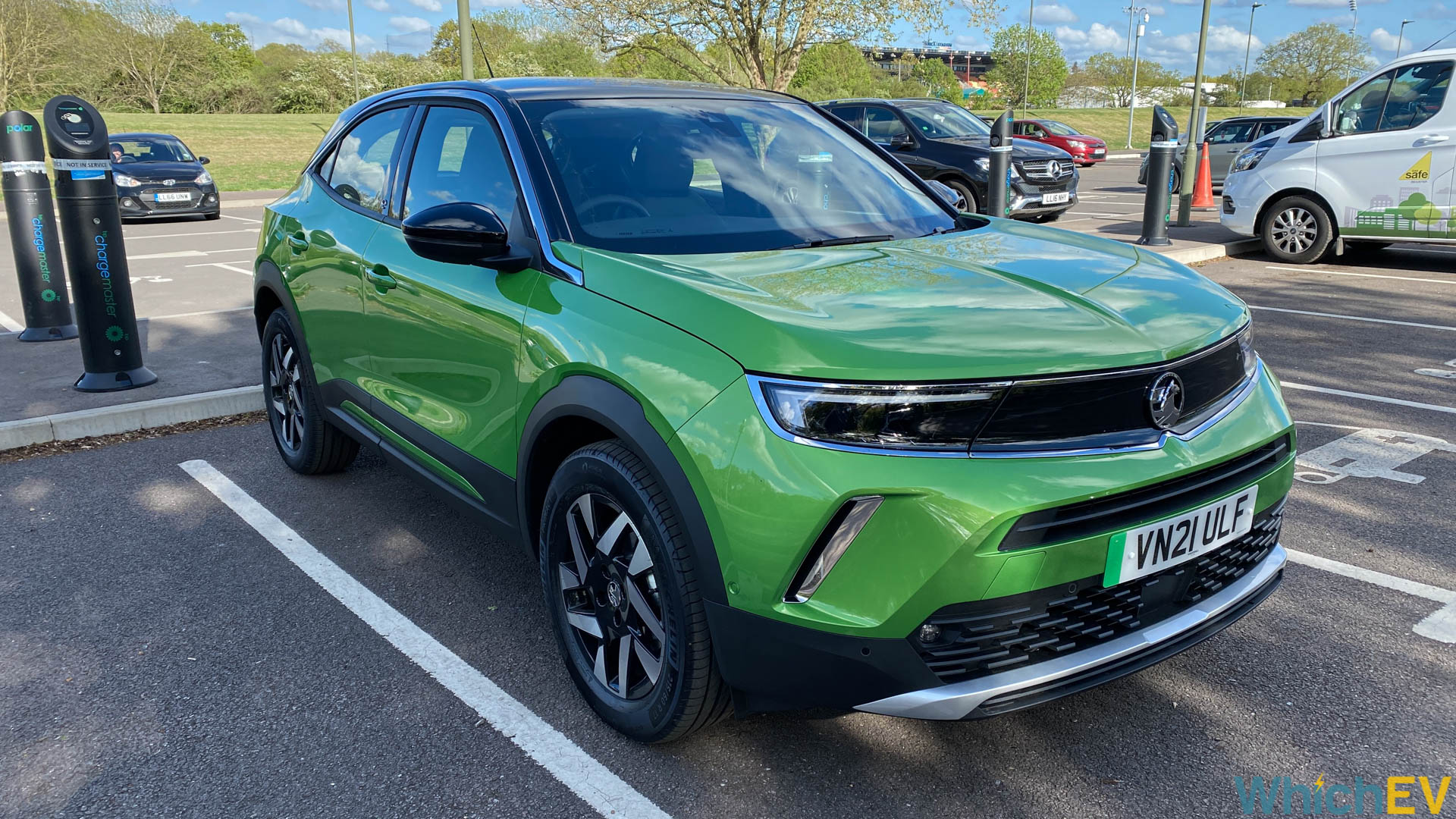
The model range starts with the SE Nav Premium for £30,540, then the Elite Nav Premium we were given for testing costs £32,080. The SRi Nav Premium is £32,435, and finally the Launch Edition is £32,495, but this is only available while stocks last. Don’t be fooled into thinking the SRi version is the “fast one”, because the motor and battery are exactly the same as all the others.
All cars come with satellite navigation, a decent set of safety features we will talk about later, a panoramic rear parking camera, and cruise control. The SRi Nav and Elite add a bigger infotainment screen, rear USB connections, a bigger digital instrument cluster, some additional safety features including adaptive cruise control, plus heated front seats and steering wheel, front parking sensors and folding mirrors. Otherwise, the changes are cosmetic. The Elite Nav has a similar package but with alternative cosmetic changes. The Launch edition further adds advanced parking assistance, leather seats and yet more appearance alterations.
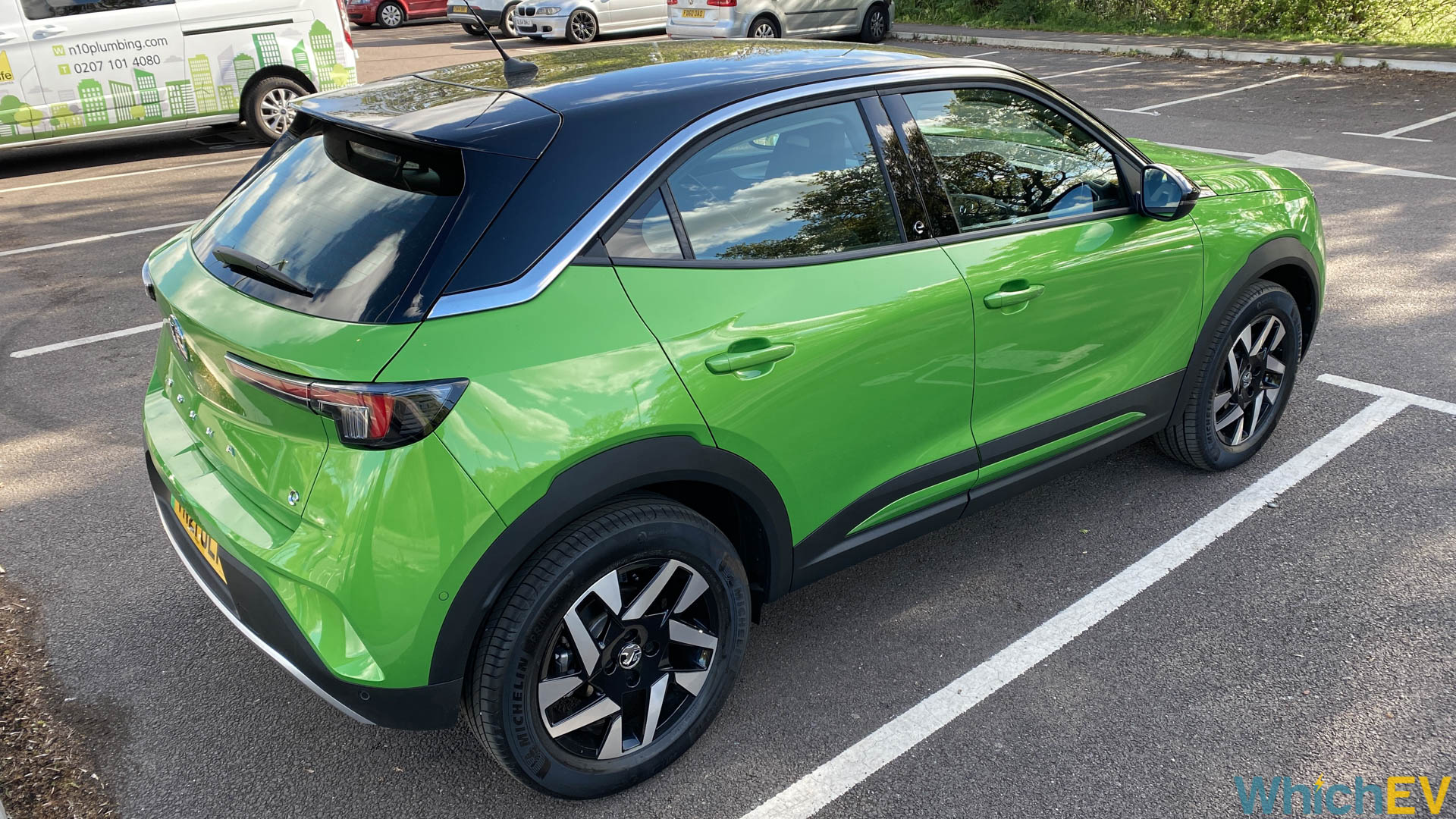
The other difference between models is the wheels. The basic car has 16in silver alloys, the SRi and Launch have 18in bi-colour alloys, and the Elite 17-in bi-colour alloys. The basic colour is grey, and white is £320. Blue or black metallic are £550 extra, while the bright green we have here or red are £650 extra. There are a few other cosmetic options like a black bonnet for £200 and contrasting roof colours for £300, but thankfully the options list is not a confusing mass of possibilities beyond this, unlike some German brands. The equipment level is decent enough already across the range. Our car, with its Mamba Green colour option, costs £32,730.
You get a good level of kit for £32k with the Mokka-e, but the VW ID.3, Kia e-Niro 2 Long Range, and Hyundai Kona Electric all offer more range for similar money, albeit with generally fewer features unless you opt for more expensive trim levels. Alternatively, the Peugeot e-2008 and Citroen e-C4 are more spacious and similarly featured for similar money, with similar performance and range.
Exterior Design
Being a crossover, the Mokka-e sits quite high. It is 9cm taller than the Vauxhall Corsa-e, for example. It is also 9cm longer, but 1.5cm thinner. The wheelbase is 11.2cm longer. We mention all these figures to underline the fact that the Mokka-e is overall a bigger car than the Corsa-e. It is also around 50kg heavier. We will come back to this aspect a bit later in this review.
However, while the Corsa-e has nondescript hatchback looks, the Mokka-e is much more radical in appearance. The front has an aggressive stance, while the plastic wheel arches and trim along the bottom of the doors provide the rugged look that we frequently see in cars in the crossover segment. In the Mamba Green colour that we were supplied, the Mokka-e is an eye-catching and confident-looking vehicle, with the black roof adding further character. The option for a coloured bonnet would add greater character still.
Interior Comfort
If there is one thing that we particularly prefer with the Mokka-e compared to the Corsa-e, it is the interior. This does not feel quite so budget oriented. The SE Nav Premium gets fabric seat coverings, and the SRi leather-effect. The Elite we reviewed has a different colour leather-effect. Only the Launch Edition has real leather.
The seats are comfortable enough, if maybe a little firm. There is more headroom here than the Corsa-e due to the taller stance. However, electronic seat adjustment is not an option on any trim level. This is entirely mechanical, and only four-way adjustable with the SE trim on the passenger's side. The driver side has six-way adjustment, and so does the passenger side above SE trim level.
There are a couple of cupholders – one with a deeper level – in the central console. Inside the diminutive armrest is a small cubby. The glove compartment is very tiny, however, and not even large enough for the car’s own documentation pack. There is another space at the front for leaving your smartphone, although we found it wasn’t big enough for an iPhone 12 Pro Max. You also have to pay an extra £150 to have wireless phone charging in this space. Otherwise, there is a USB Type A port and 12V car power adapter in this area for wired charging.
Sliding into the rear seats reveals the first big surprise about the Mokka-e. These seats are comfortable enough, and there is plenty of headroom. But, despite the larger size and longer wheelbase compared to the Corsa-e, knee room is still rather limited. There is a middle seat, but this is rather slim so only valid for occasional use and best used by a small child on longer journeys. The middle seat back doesn’t even fold down to make an arm rest with cupholders, either.
There are no rear vents for air conditioning, but you do get a pair of rear Type A USB ports for charging smartphones with trims above SE. The two outer rear seats have ISOfix points, as does the front passenger seat.
Storage and Load Carrying
We usually expect crossovers to have a bit more boot space than mere hatchbacks, but here also the Mokka-e seems to buck the trend. With the rear seats up, you get 310 litres of boot space – just one litre more litre than the Corsa-e. However, there is a bigger 11-litre space under the boot floor, so you can stow your charging cables neatly away with the Mokka-e where you can’t with the Corsa-e.
However, drop the rear seats down – with the usual 60/40 split – and you only get 1,060 litres. That is 58 litres less than the Corsa-e and 165 litres less than a Renault Zoe, which is ostensibly a much smaller car. The Mokka-e boot is flatter than either of these cars’ boots are with their rear seats down, but the limited capacity is still a huge surprise from a car that is clearly bigger on the outside. This is some kind of magic trick from Vauxhall. Perhaps they can make rabbits and doves disappear as well.
The Mokka-e has a fairly conventional steering wheel, which is mostly circular apart from a flatter section at the bottom. There are media, voice, and volume controls on the right, with buttons for the cruise control on the left. Our car had the adaptive version. For some reason, the button to turn on the heated steering wheel can also be found here, in the middle of the cruise control buttons. It’s great to have this on the steering wheel itself, but it seems out of context. There are conventional stalks for windscreen wipers, lights, and indicators.
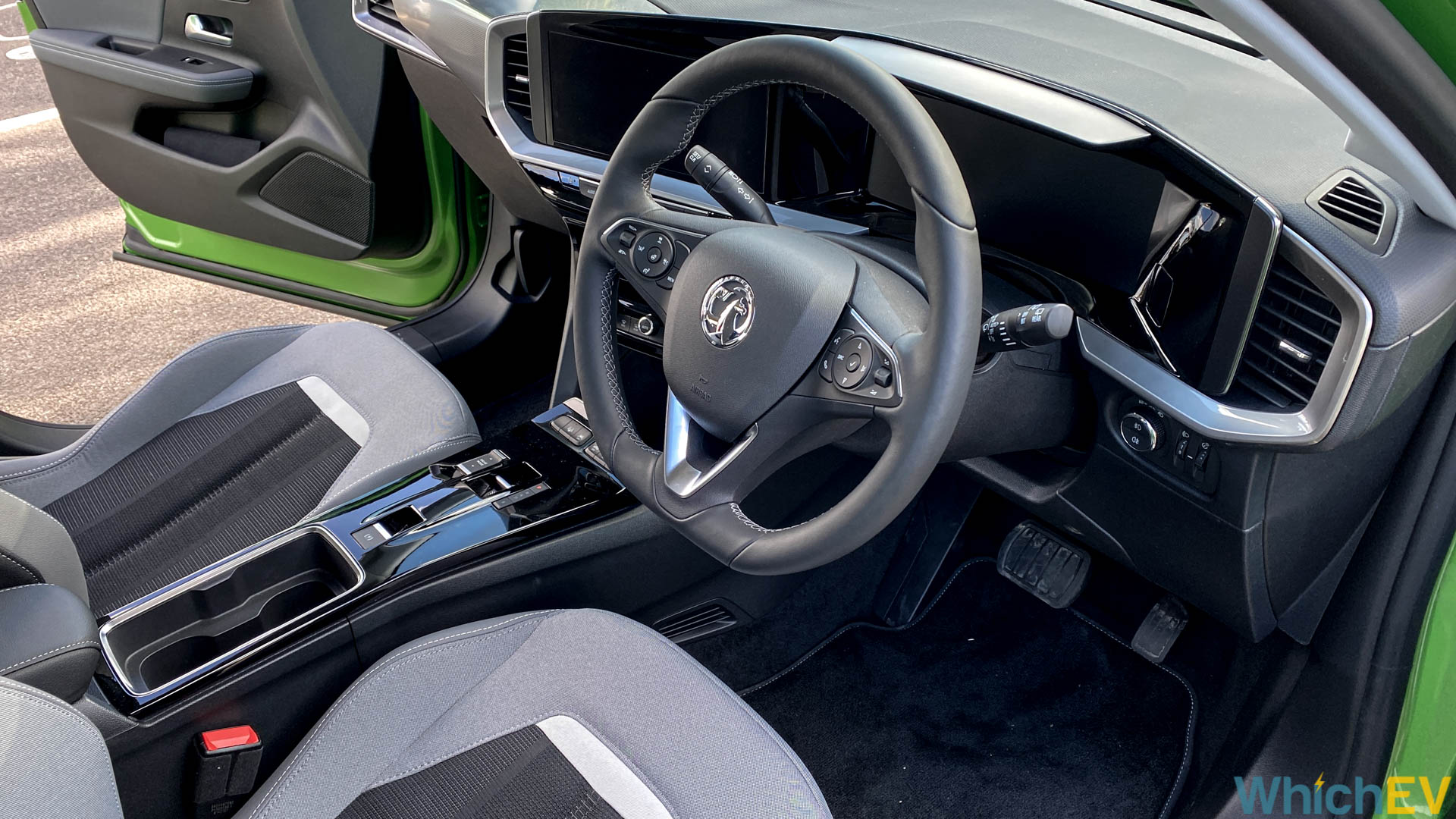
The drive control system will be familiar from some other Stellantis EVs, but it isn’t the same gearstick-like configuration as the Vauxhall Corsa-e. Instead, a rocker is used to select drive, reverse and neutral. There are buttons for park and the B-mode that delivers extra regenerative braking. Another rocker switch selects between eco, normal and sport power modes. There is a separate electronic parking brake in the same area.
Behind the steering wheel, the instrument cluster is just 7in on the basic SE car, which is the same as the Corsa-e has across the full range. But all other Mokka-e trim levels have a much larger 12in unit, which has room for much more aesthetic presentation of information. It is still quite futuristic, with little reference to traditional dials, although the battery percentage on the right is circular. This is a much more well-designed display than the 7in version.
The air conditioning system is single-zoned but has a full complement of discrete knobs and buttons, making it easy to operate when driving without taking your eyes off the road. There are a few extra buttons for toggling features like lane departure warnings.
The basic car gets a 7-inch infotainment screen, but all other cars have a 10-in unit. However, there is a connected sat-nav on all models, which is a very welcome feature. All cars have a DAB radio, Bluetooth audio streaming, and support for both Apple CarPlay and Android Auto. You can add further apps, but one that comes as standard is the energy control software that lets you set up charging delay, which will be useful if you have cheap power in the middle of the night, as offered by some energy suppliers.
Most of the menu is quite graphical, but the car settings are more text-based. The layout is logical and easy to understand, making the Mokka-e’s menu generally very functional.
Performance and Driving
The extra weight and height of the Mokka-e compared to the Corsa-e means that it is not as fast. The latter takes 7.6 seconds to hit 60mph, but the Mokka-e takes 8.7 seconds. Both have a top speed of 93mph. The Mokka-e doesn’t feel sluggish, because you still have 260Nm of torque, but it is definitely not as sprightly as the Corsa-e.
Around town you won't notice much difference, however, unless you really like weaving through traffic. The Mokka-e is meant to be more of a cruiser than a cheeky chappy, which has always been the Corsa's image, right back from when it was called Nova. That said, the Mokka-e’s handling is decidedly middle-of-the-road, clearly aimed at dealing with speed bumps more than taking corners at speed.
You don't feel compelled to drive the Mokka-e urgently in the same way as the Corsa-e, but the higher driving stance and size do provide confidence in traffic. The bulk feels planted at motorway speeds, although on A-roads the suspension is quite soft so there is a fair amount of body roll. This is good for coping with an uneven road surface, but not so great for involved driving.
Range and Charging
Despite so many Stellantis cars having the same battery and motor, they all have subtly different ranges. The bulky Mokka-e is a little on the low side compared to most vehicles with this battery and motor combination, offering 201 WLTP miles with the 16in wheels, and a bit less with 17in and 18in. It’s not a terrible range, but now we’re seeing more cars with over 250 miles, and a few cars offering 300 miles or more, 201 miles seems meagre.
This is just about enough range to consider longer journeys, and to help with this DC charging up to 100kW is supported, allowing you to go from 15 to 80% charge in 30 minutes. With a 50kW charger, it takes more like 45 minutes to reach 80%. On a 7kW home wallbox, the car takes 7 hours 35 minutes to reach 100% charge, which means an overnight refill is entirely possible.
Running Costs
This is a reasonably cheap car to run in electrical power terms, costing 3.5p a mile with a 14p per kWh supply. The basic warranty is three years or 60,000 miles, although you can do an unlimited mileage in the first year. The battery has the typical eight-year, 100,000-mile guarantee of 70% capacity.

Insurance groups range from 21E for the SE, to 22E for the SRi and Elite, to 23E for the Launch Edition, which are reasonably low but higher than the petrol and diesel versions of this car. Vauxhall suggests an 8,000-mile service interval for the first year, and then 16,000 miles or two years after that.
Safety
Whereas the Mokka-e seems under-specified in rear seat and boot space, it certainly isn’t for safety technology. As standard you get driver drowsiness alert, low speed forward collision alert, and automatic emergency city braking. We have already mentioned that cruise control is available on all cars, and lane departure warning with lane keep assist is too. You also don't just get rear parking sensors, you get a panoramic rear camera, which isn't quite 360-degree but gives a simulation of it, making backing into spaces easy. There's even speed sign recognition.
The SRi and Elite add forward collision warnings at all speeds, adaptive cruise control, and lane positioning assistance. This isn't quite autosteering but will give a little nudge to keep you in-lane. You get front parking sensors as well with the SRi and Elite, plus blind spot detection. The Launch edition just adds Advanced Park Assist, which is an automatic parking system.
In other words, this is a comprehensive selection even for the basic car, and it's great to see adaptive cruise control on most cars. But having a reversing camera across the board is a particularly great inclusion. Most non-premium cars make this a feature only of upper trim levels.
| Price: | SE Nav Premium – £30,540; Elite Nav Premium – £32,080; SRi Nav Premium – £32,435; Launch Edition – £32,495 |
| Range (WLTP): | 201 miles |
| Charge time (7.4kW): | 7 hours 35 minutes |
| Charge time (50kW, 80%): | 45 minutes |
| Charge time (100kW, 80%): | 30 minutes |
| Battery: | 50kWh |
| On Board Charger: | 11kW |
| Cost per mile*: | 3.5p |
| 0-62mph: | 8.7 seconds |
| Top Speed: | 93mph |
| Power: | 134hp |
| Wheels driven: | Front |
| Cargo: | 310 litres; 1,060 litres with rear seats down |
*based on electricity costs of 14p per kWh

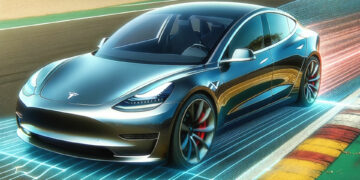
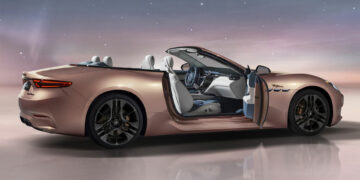

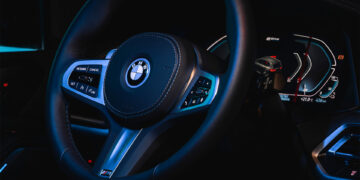

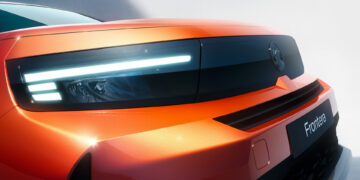

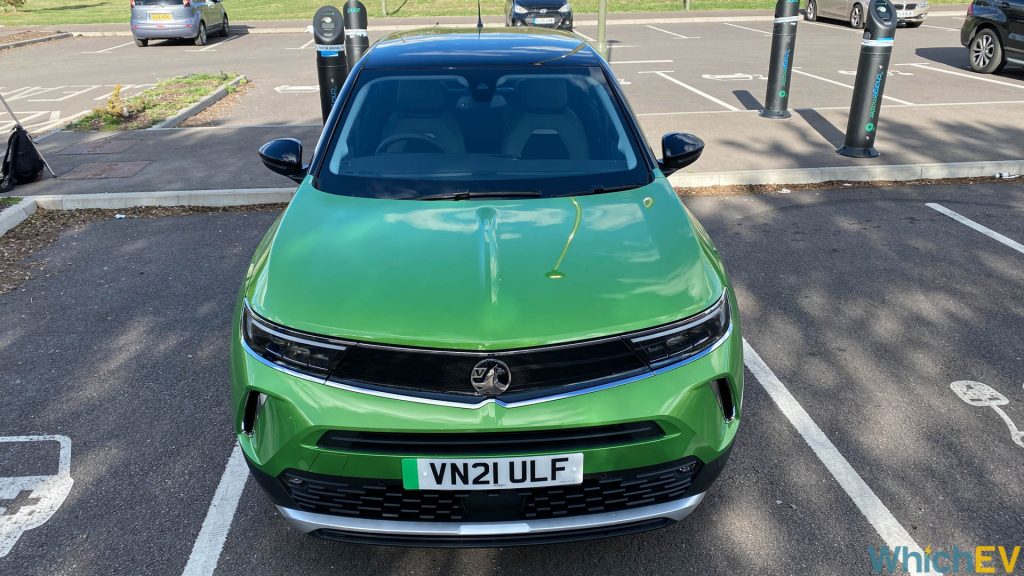

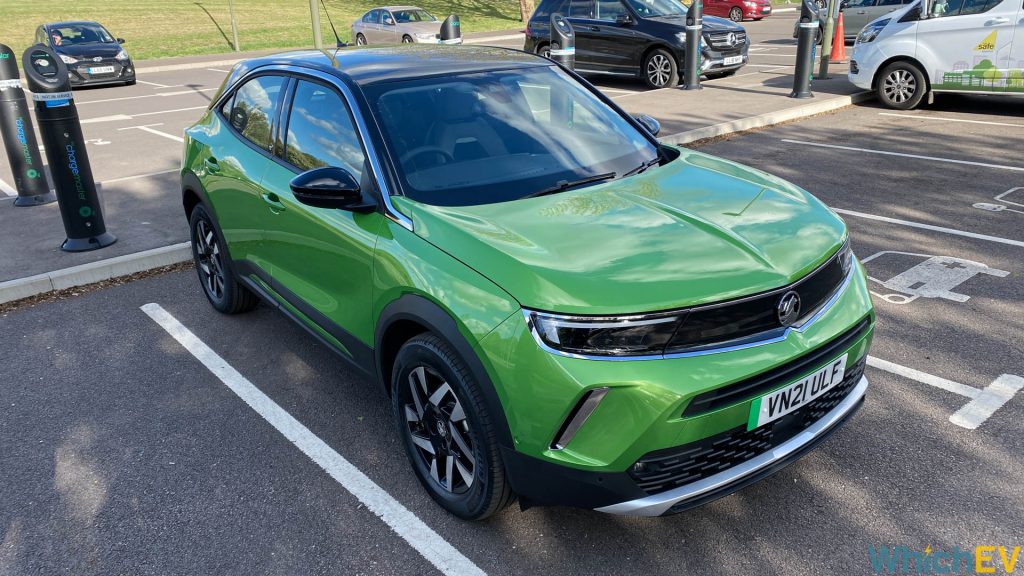
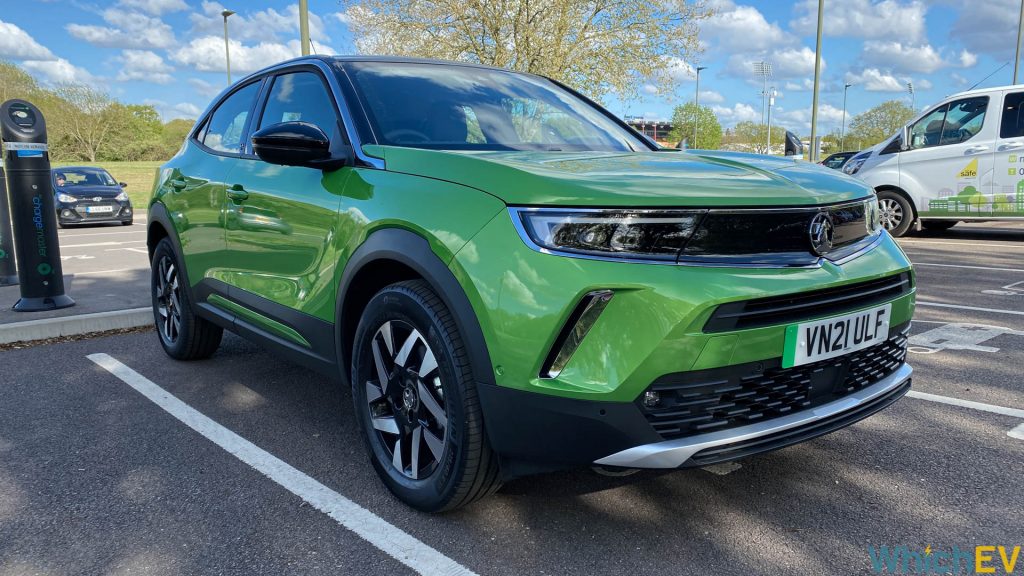
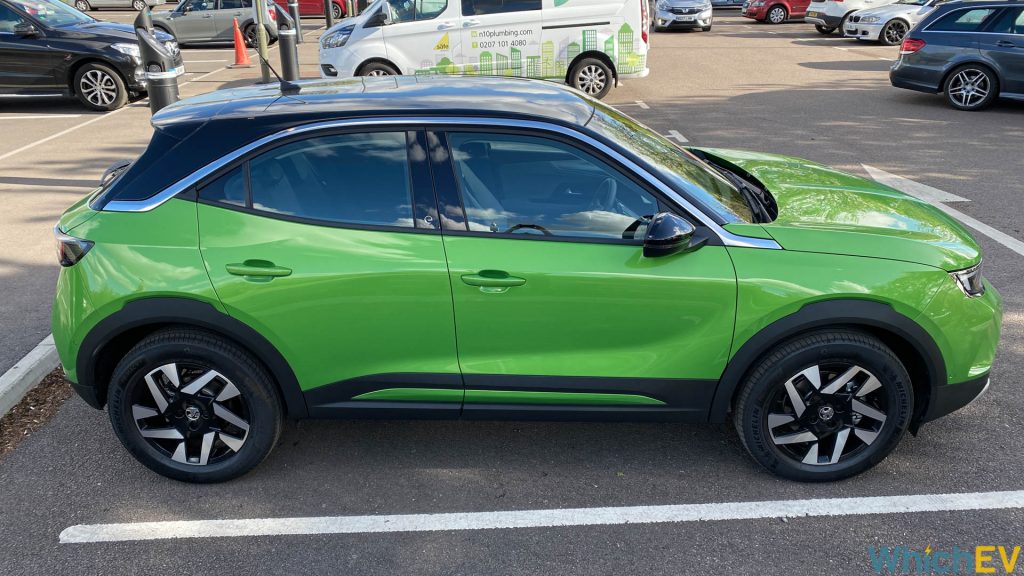

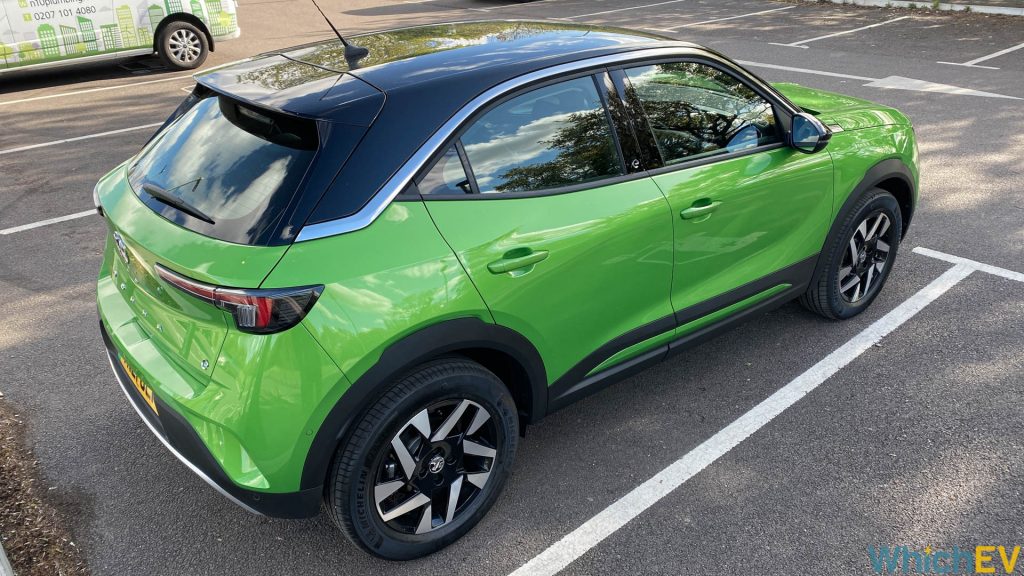
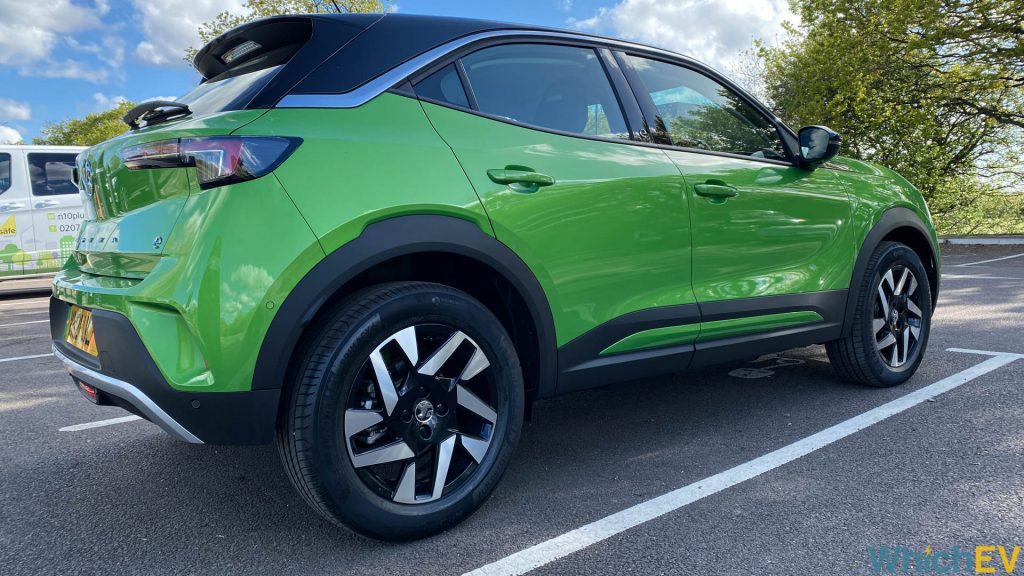
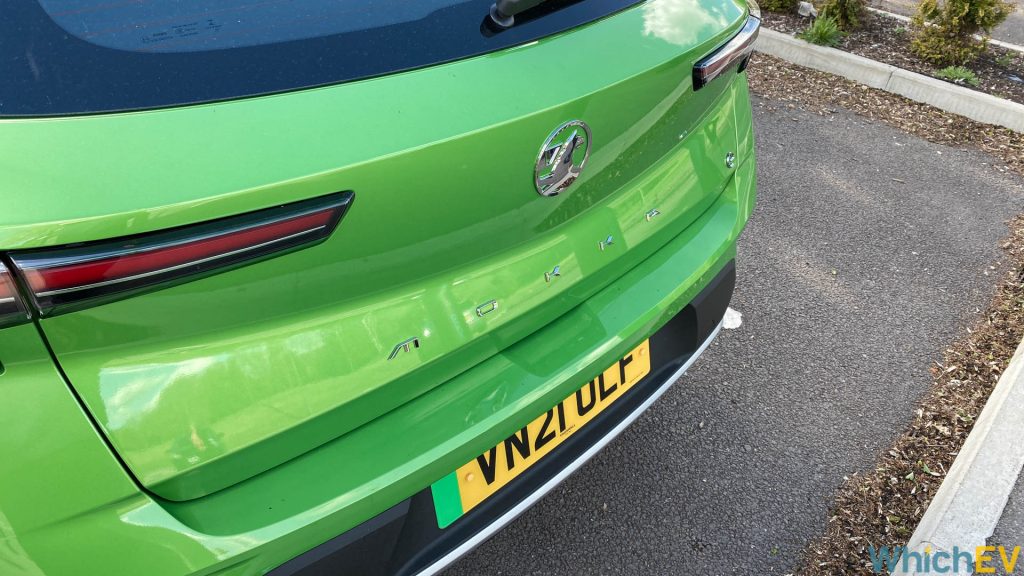
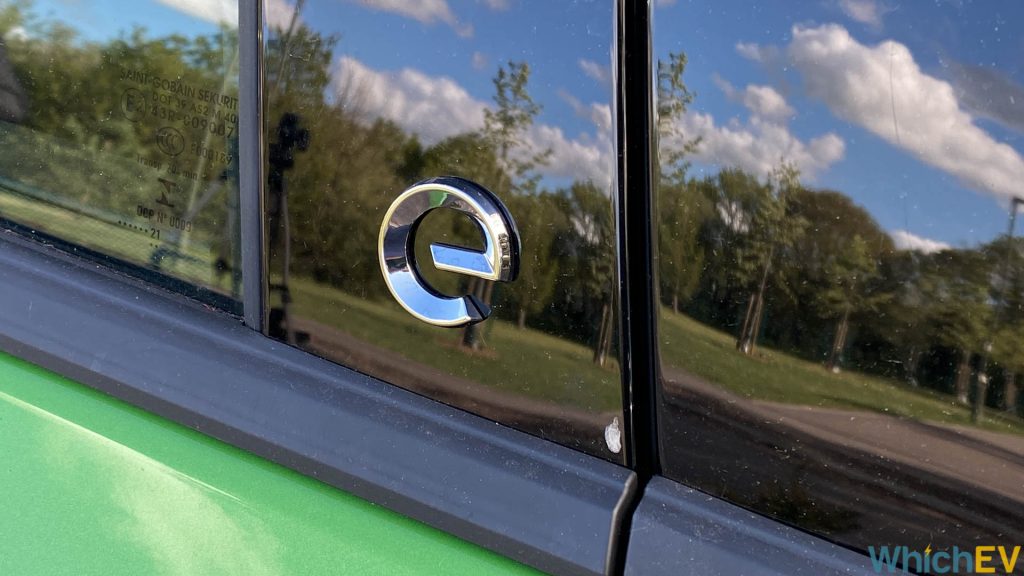

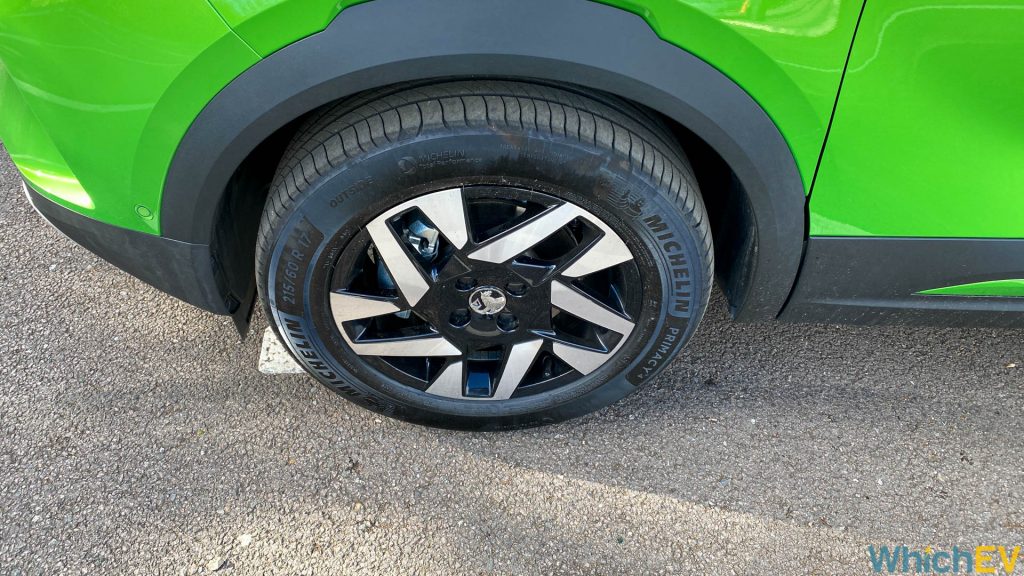
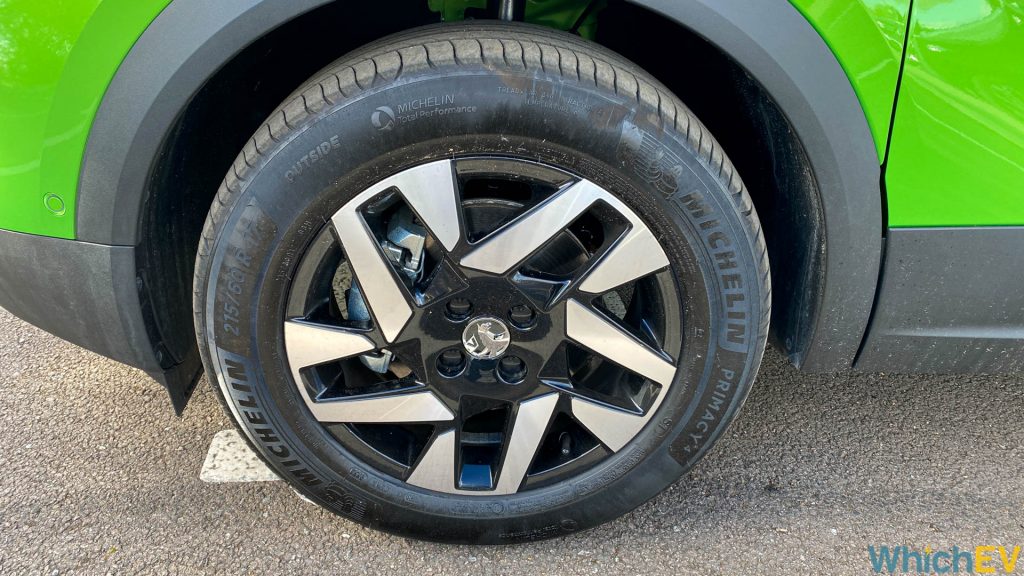
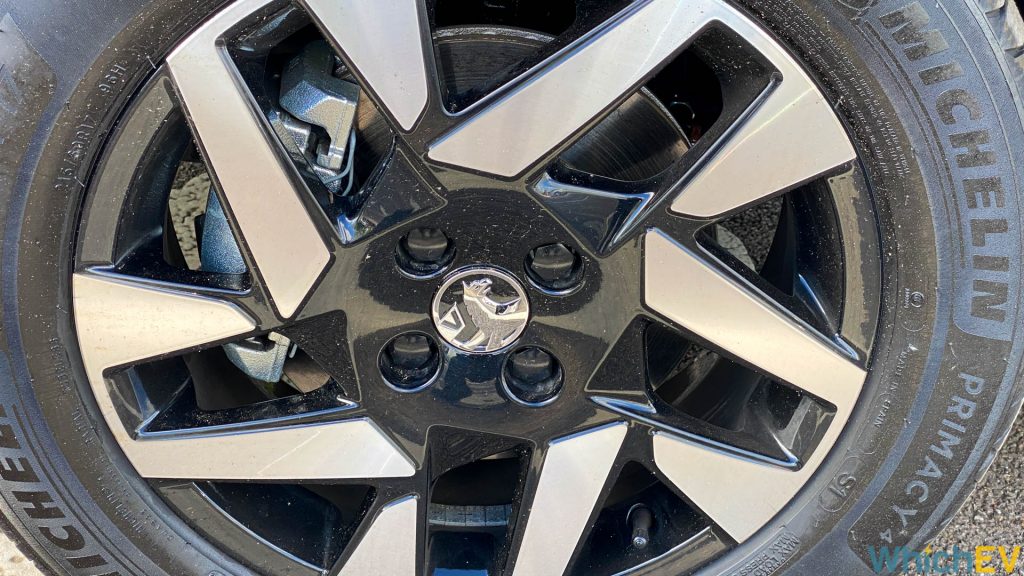
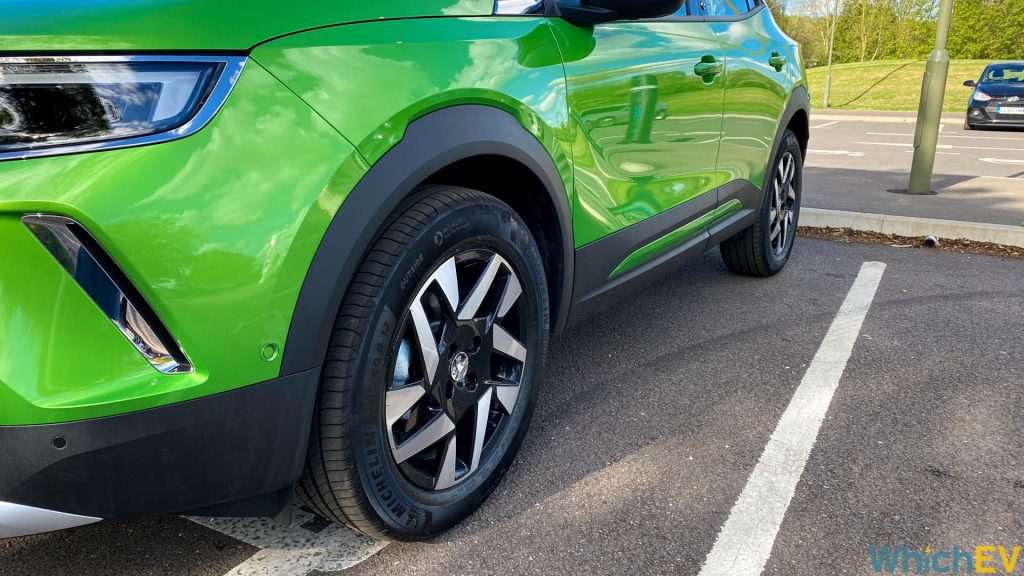
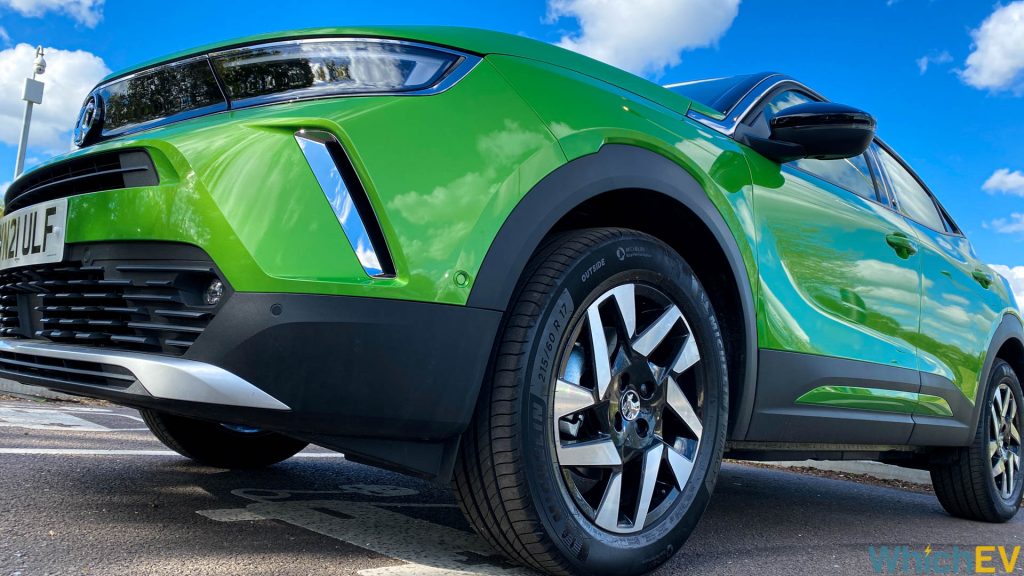
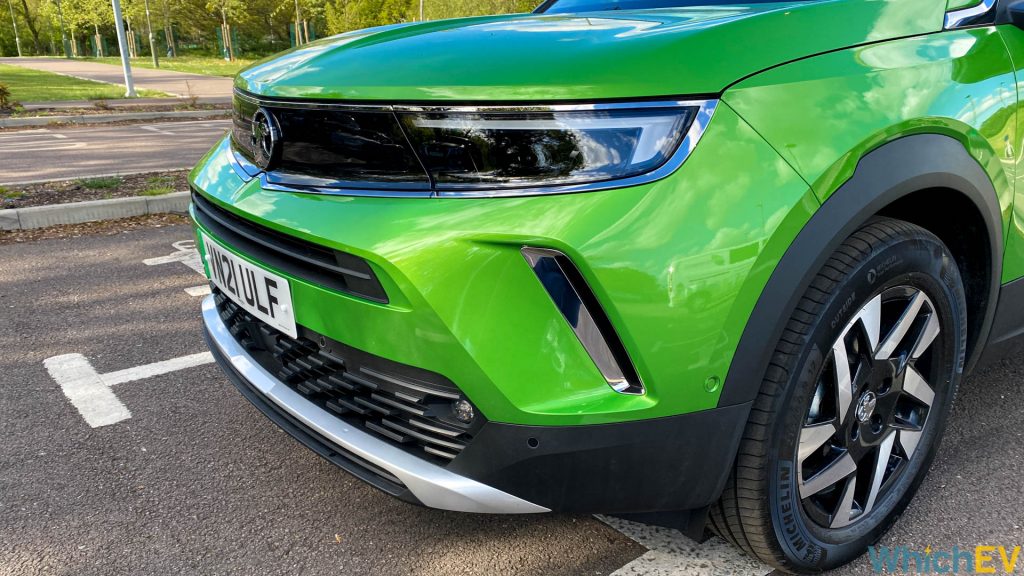
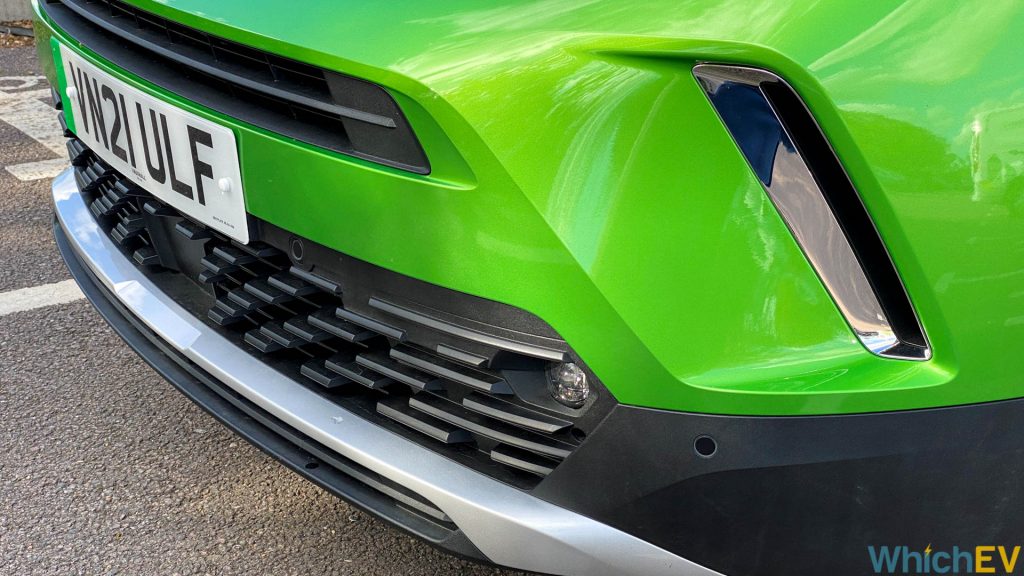
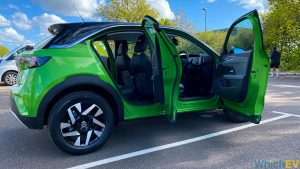
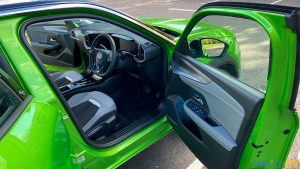
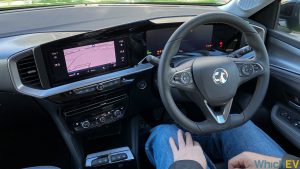
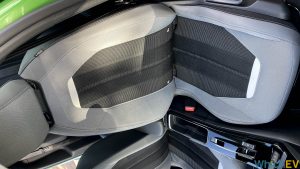
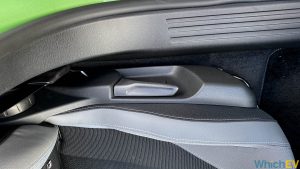
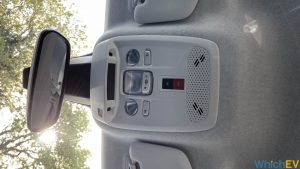

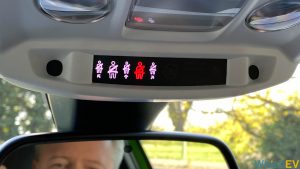
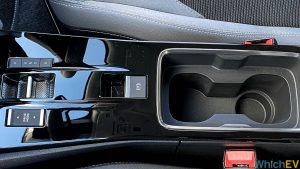
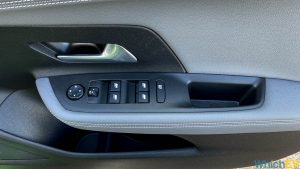
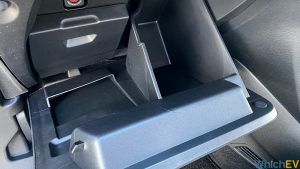
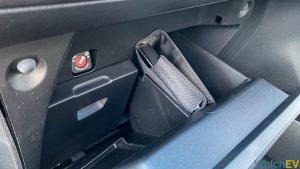
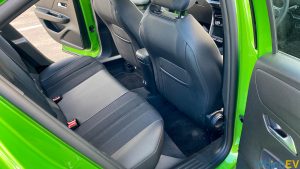
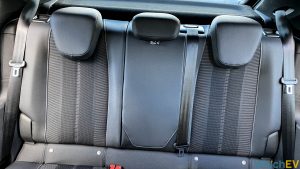
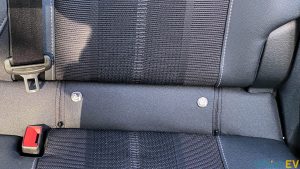
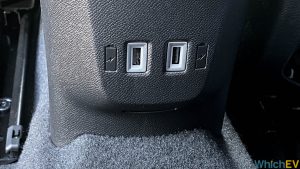
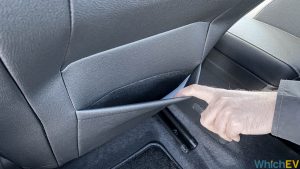
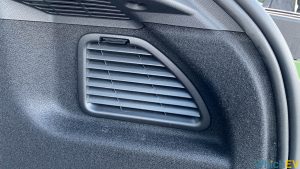
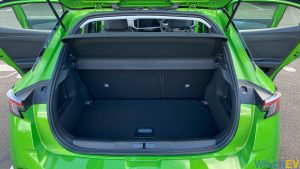
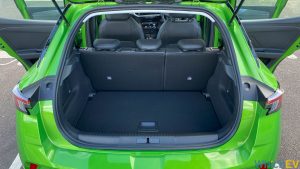
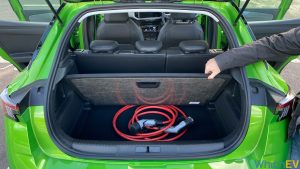
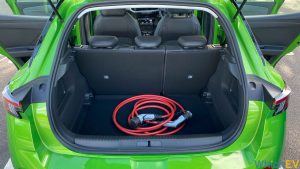
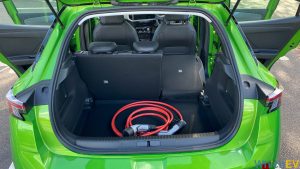
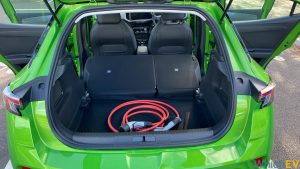
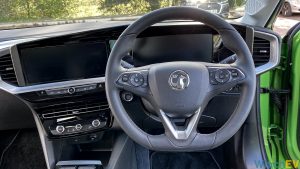
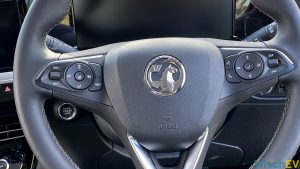
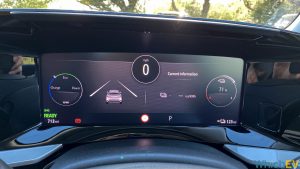
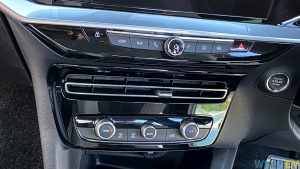
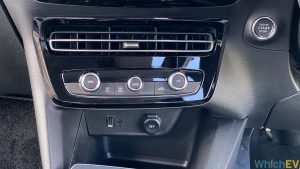
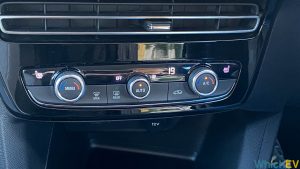
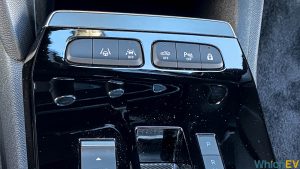
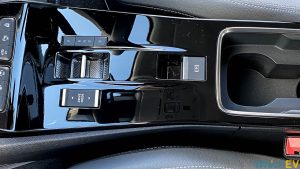
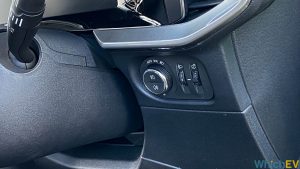
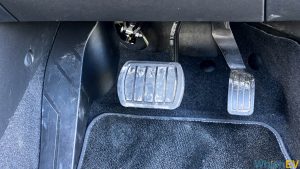
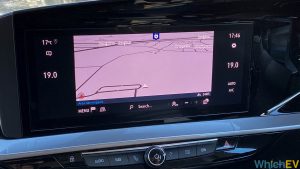
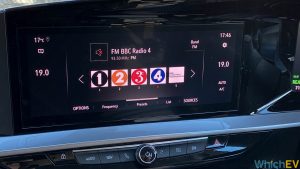
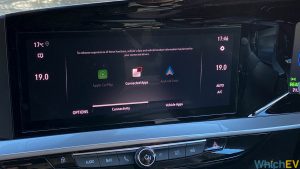
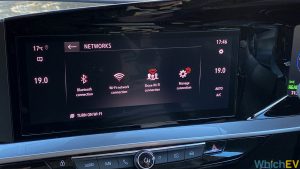
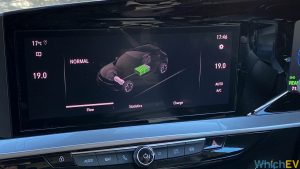
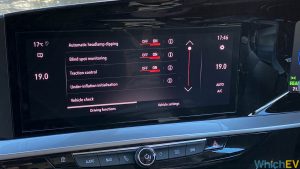
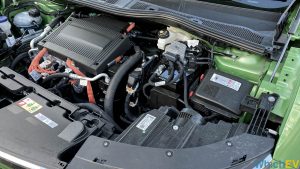
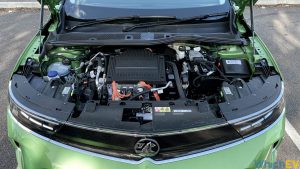
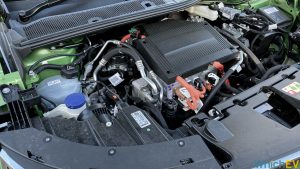
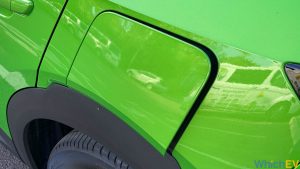
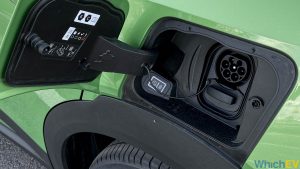
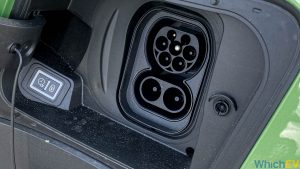
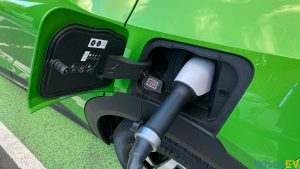
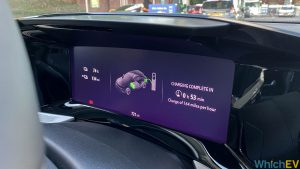
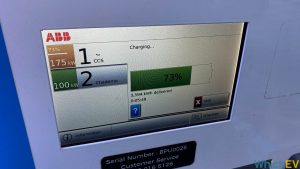
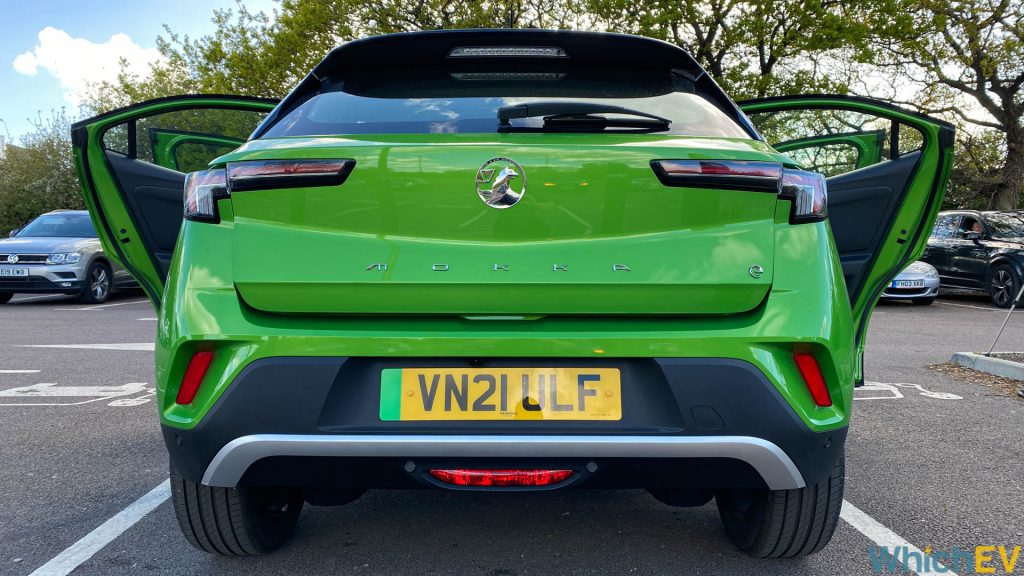
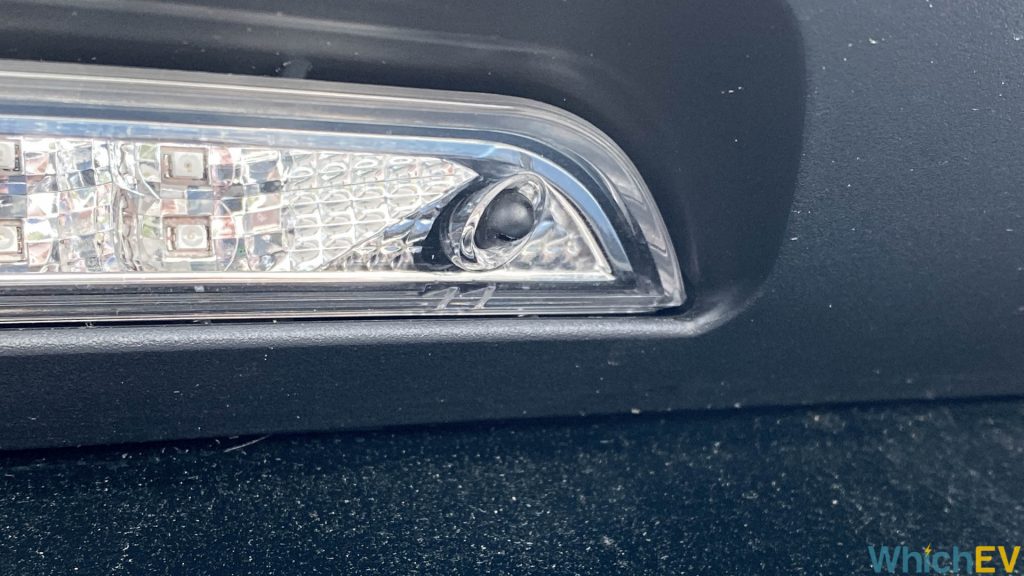






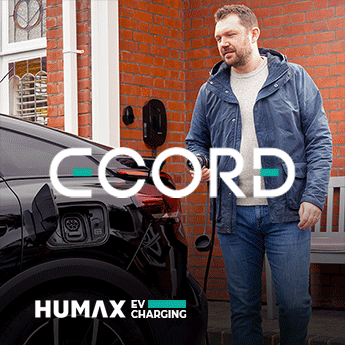



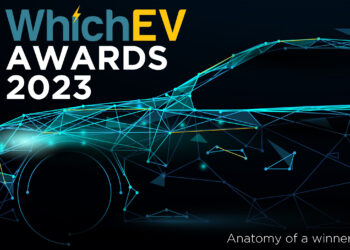
Discussion about this post